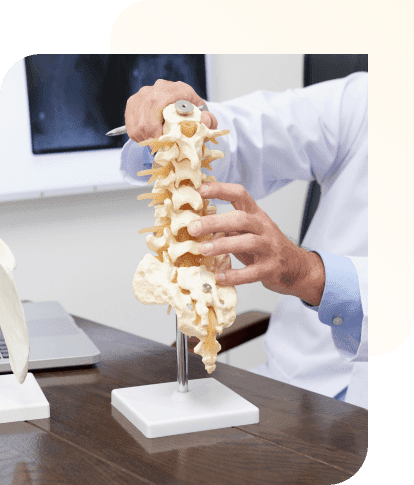What Is Pain Management?
Pain Management is a relatively new medical field. It has not started to evolve as a separate unique medical specialty until about late 1980’s – late 1990’s. By that time, it was becoming clear that there is a huge need for dedicated sub-branch of the medicine solely devoted to studying and treating pain and its causes. From its crude beginnings by the first pioneers and amateurs, it has evolved into a fully developed sophisticated science and art. Pain Management is a branch of Medicine that deals with treatment of pain, its causes, symptoms and healing.
It uses an interdisciplinary approach in order to ease the suffering and improve the quality of life of people living with pain. The interdisciplinary approach implies that multiple medical specialists are involved in the treatment plan, those typically include but are not limited to: medical doctors, orthopedic doctors, pain management doctors, physical therapists, chiropractors, podiatrists, psychologists, occupational therapists and massage therapists.
What do pain management doctors do?
Treatment options available to pain management doctors include: pharmacological means such as opiate and non-opiate pain killers, non-steroidal anti-inflammatory medications (NSAIDs), muscle relaxants, tricyclic antidepressants and neuropathic agents. Other options include: interventional procedures, cognitive therapy, home exercise programs, massage, physical therapy, etc.


Pain specialists are often board certified anesthesiologists, neurologists, PM&R doctors that undergo rigorous additional post-graduate training at ACGME-accredited pain management fellowships. Those fellowships are very hard to get into and have the luxury of choosing only a few best candidates out of hundreds that apply each year.
Pain Management doctors deal with many orthopedic problems such as: spinal stenosis, shoulder pain, hip pain, knee pain, bursitis, tendonitis, etc. as well as a wide variety of other pain conditions, ranging from simple migraine to radiculopathy and all the way to “failed-back syndrome” that occurs after many extensive orthopedic spinal surgeries with scar formation and frequent hardware failures.
Patient Reviews
















